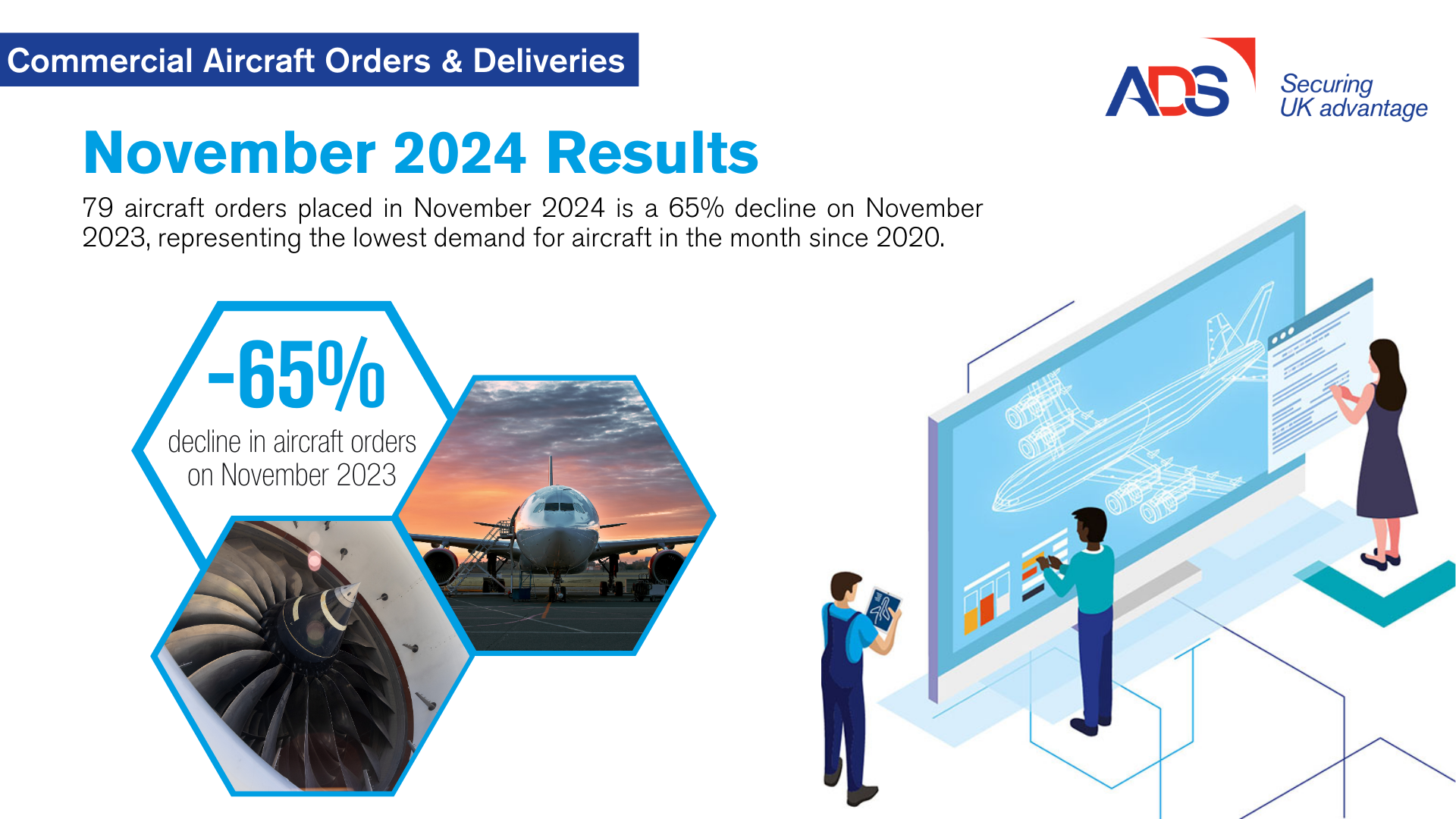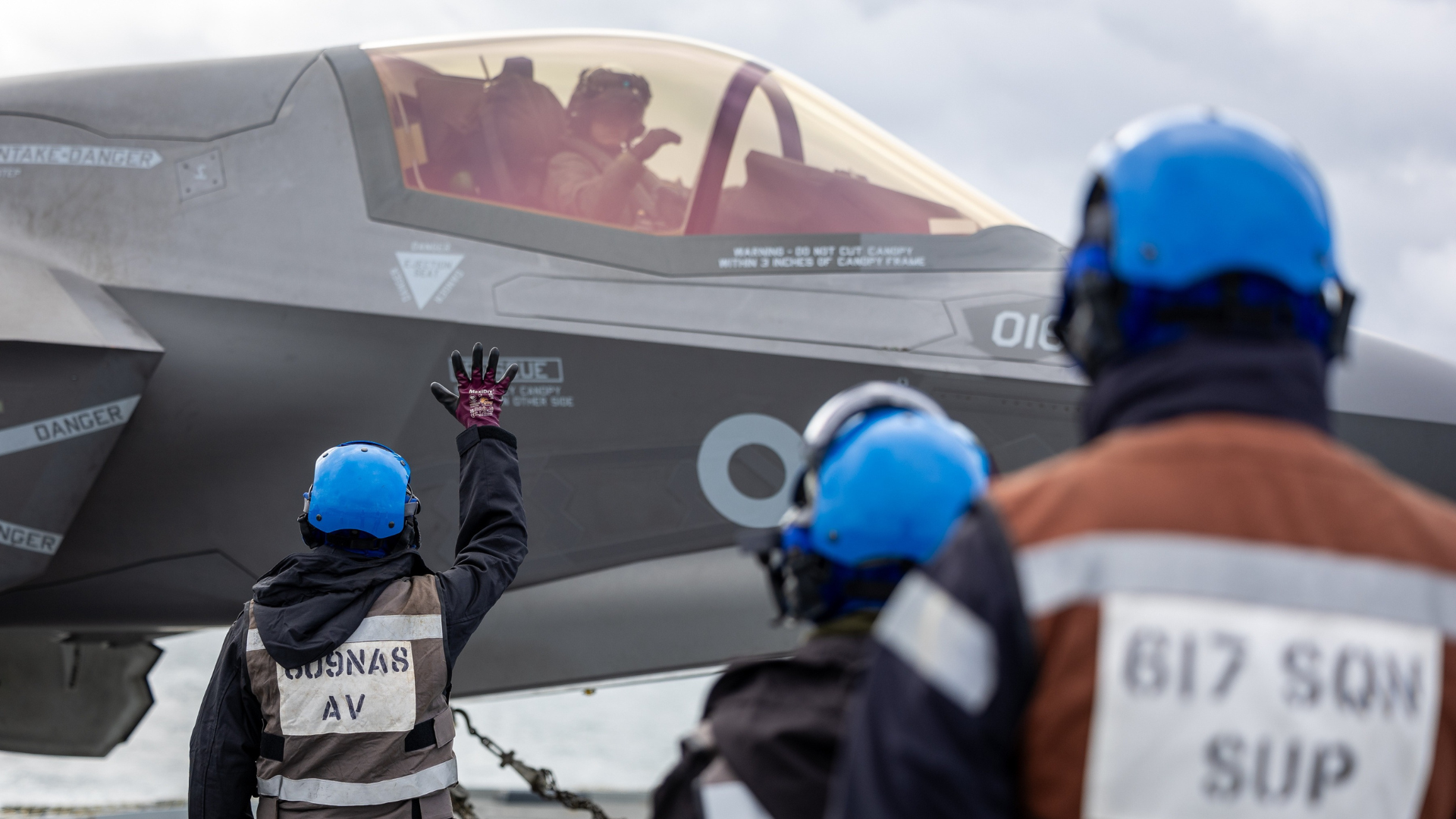Next week, the centre of the global Aerospace and Defence industry will land firmly at Le Bourget International Airport, on the outskirts of Paris, to celebrate the 51st Paris International Airshow. Held every two years, and with the first show taking place in 1909, the historic airshow plays host to around 140,000 trade visitors, 181 countries and 26 national pavilions.
As a preview to the show, ADS has listed 4 key things which UK companies and UK trade visitors over the week should look out for…
1) European debut of the Bombardier CSeries
The newest member of the single-aisle aircraft family makes its anticipated airshow debut in Paris this year – with both the smaller CS100 on static display, and the larger CS300 taking place in the flying display. For UK industry, the appearance of the CSeries represents a significant milestone, due to our extensive supply chain involvement in the aircraft – ranging from fastener suppliers, to systems and hardware manufacturers, and to actuation systems producers.
Not only can the UK benefit from the future success of the programme, but for employees at Bombardier in Belfast, the show debut will be a particularly proud moment – as it shows off its unique composite wing, developed via Bombardier’s innovative Resin Transfer Infusion (RTI) manufacturing techniques. Northern Ireland’s important contribution will also be marked by a flypast and visit from the CSeries to Belfast on Friday 19th June, after the show.
CSeries in Swiss Livery – June 2015
2) Orders vs Production Rates
International airshows often include a raft of large orders from airlines and lessors, showcasing the global strength of the industry. Significant order numbers from large OEMs are expected, but dig a little deeper and it is the type of aircraft ordered which could outline the overall focus and intent of the industry. With the new 777X and A330neo set to enter production over the next 5-8 years, Airbus and Boeing are seeking to avoid having to lower production rates for their current generation 777 and A330 aircraft, as they then transition to delivering orders for new models. This is vital to ensure they are able to easily ramp up to meet order demand for new generations.
Whilst previous shows have mainly focused on orders for ‘new-new’ aircraft, Paris could buck this trend and orders may focus on ensuring OEM production levels and their global supply chains are able to seamlessly move from one type to another. (Hint – the appearance of a Boeing 777 at Paris this year signals the intent to showcase the benefits of current technology).
3) Capabilities of the UK Pavilion
Located in Hall 2, around 80 UK companies will this year be part of the UK pavilion – taking up around 1800 square metres of exhibition space. With easy access to the other main halls at Le Bourget, and to the static display and chalets, visitors should take a look at the wide range of UK capabilities on show – from software solutions, to aircraft tyres, to flexible trackway – and as the largest UK pavilion at an Airshow (aside from Farnborough), expect some UK announcements!
4) Packed flying and static display
As with all airshows, the air and static display are one of the central themes – with a large array of aircraft set to be on show. Key highlights include –
- 5 aircraft on show from Qatar Airways – the A380, A320, A319 and A350, and 787-8.
- A new Vietnam Airways livery 787-9 from Boeing, alongside a 777-ER.
- From the US, an A-10 Thunderbolt in the static display, a P-8 Poseidon from the US Navy, and an F-15 Strike Eagle from the US Air Force.
- The Dassault Falcon 8X – one of the newest business jets under development.
- The new Antonov An-178 military transporter from Ukraine, currently under testing.
- A JF 17 Thunder fighter jet from the Pakistan Air Force.
- The Paris debut of the Textron Airland Scorpion.
….and looking back to Le Bourget’s past…..
Stepping back in time, Le Bourget has seen some important moments in the history of the Aerospace industry. In this video below from 1969 – the 1st appearance of Concorde would’ve been an amazing sight for the general public to see – whereas the mention of the Airbus A300B project and the UK’s indecision over whether to enter the programme, is an interesting historical flashpoint in the development of the UK’s Aerospace industry.
In the end, the UK government withdrew from the venture over disagreements on design and size of the A300. But with Hawker-Siddeley staying on as a contractor (developing the wings) this allowed British Aerospace to then re-enter the consortium – which would eventually turn into Airbus UK, and ensure the UK has the breadth of involvement in Airbus programmes we see today.






